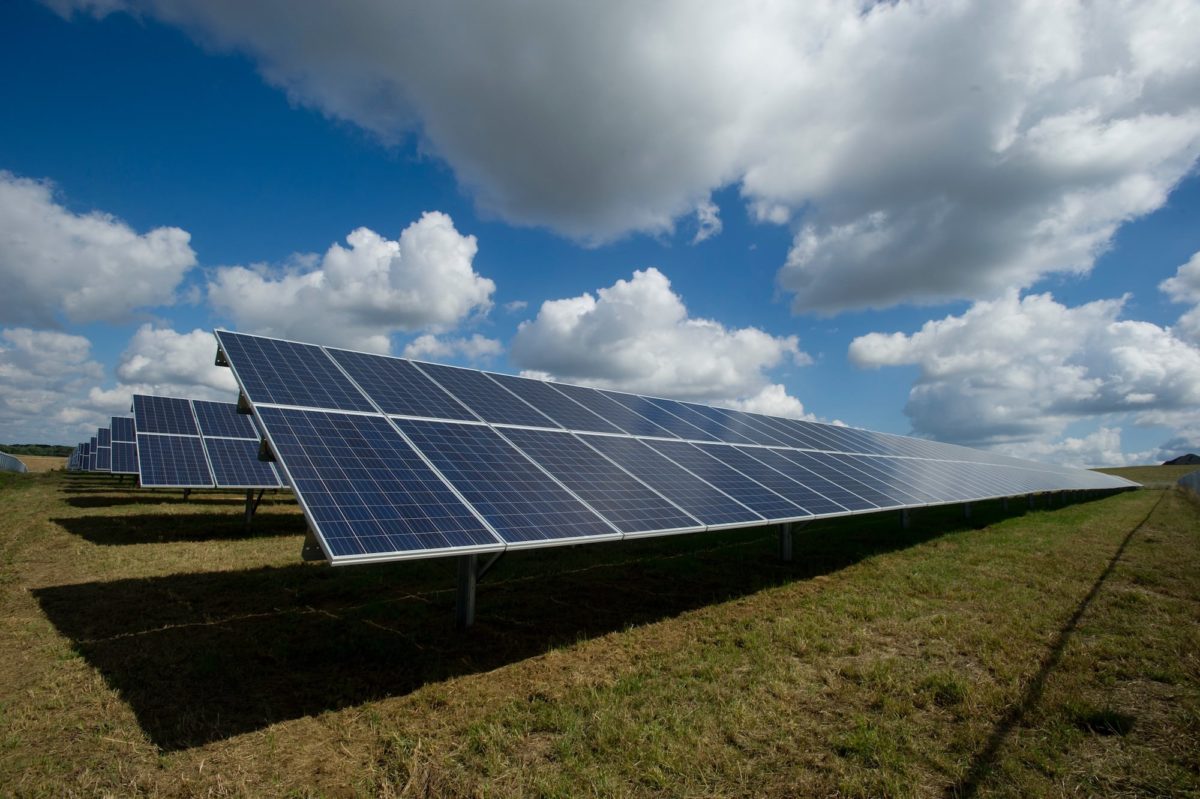Strategies to Maintain an Environmentally Friendly Cannabis Business

Cannabis is big business. As legislation around cannabis begins to loosen, the economic impact begins to grow – and the use of medical marijuana, CBD, and hemp is no longer a hush-hush dirty little secret. It is a publicly recognized business that is projected to be a $22 billion industry by 2022. And while it’s fantastic that multitudes of products are being manufactured and sold to help individuals with everything from anxiety and pain management to medical conditions such as seizures – with great power comes great responsibility, and at some point the marketplace needs to focus not only on the help it provides but also the merit of maintaining environmentally friendly cannabis businesses.
Look, we understand how challenging it can be to run a successful cannabis business – so to add the pressure of trying to avoid leaving an environmental footprint as well may seem overwhelming. For the happiness of your customers, and the longevity of not only your company but the cannabis business as a whole, it’s critical to pay attention to the big picture.
So, what does “environmentally friendly cannabis” even mean? In this case it means that the cannabis is grown, packaged, and shipped in ways that have as little negative impact on our planet as possible. It can basically be broken down into three main areas of concern:
- Water
- Energy
- Packaging
Water
A lush harvest requires a lot of water. In just one day, up to six gallons of water can be consumed by a single marijuana plant. The most common size of product sold is an eighth of an ounce, and the water required to grow that eighth, when all is said and done, is just under two gallons. Being that most of the hemp produced within the United States is done in places where droughts and water shortage problems are common, solutions must be found.
Automated water systems and drip irrigation are great ways to reduce the amount of water used in production. Recycling the condensation from dehumidifiers used in the grow rooms and greenhouses is another eco-friendly choice – although many growers balk at this option as the dehumidified water must be filtered. Hopefully, as new methods are uncovered in how to make filtration simpler, this will be a more common and convenient option.
Energy
In addition to water, it takes a lot of energy to grow a plant. When growing cannabis indoors, a perfect artificial environment must be created resulting in the need for the constant and consistent running of artificial lights, fans, air conditioning or heating units, nutrient machines, and the aforementioned dehumidifiers. Some estimate that 1% of the energy used in the USA goes directly to the cannabis industry. Obviously, alternative energy sources must be found and considered. Currently, the best bet is to offset this usage by incorporating solar energy. While the initial start-up costs for installing batteries and solar panels may seem daunting for business owners, this is an investment that will truly pay for itself over time.
Packaging
This is possibly the greatest area of concern, and the one with the greatest potential for improvement. While specific regulations differ, all states require any cannabis-infused product to be protected by child-proof packaging. This, along with law-mandated extensive labeling, means that packaging is often far larger than needed to actually contain the product. Combine this with the prevalence of single-use convenience packaging, and we have a serious plastic problem.
Rethinking how you package your product will not only help the earth but will also attract customers who are attracted to companies with an eco-friendly outlook. Customers want to know if the materials used to package their product are recyclable, biodegradable, compostable, and have any harmful chemicals added.
Great strides have been made in using cannabis to contain cannabis. Many companies are using plant-based industrial hemp to create a plastic-like polymer for cannabis containment. And some companies are finding ways to reuse the plastic found in our oceans to manufacture new cannabis containers and tubes.
Exit bags are even being made from sustainably and renewably farmed non-GMO sugarcane. Additionally, multi-use storage boxes for pre-rolls, edibles, and extracts are a great alternative to one-and-done packaging – and a great way to brand yourself and keep your name and logo in a customer’s brain. So, whether it is how the packaging is made, or what is done with the packaging after it is used – what you do and how you do it is vitally important, to your business and for your customer.
Environmentally Friendly Cannabis Business
Environmentally friendly cannabis businesses are of such importance, a group of 45 licensed and recreational cannabis companies based in the U.S., Canada, the UK, and Israel calling themselves the Global Cannabis Partnership have formed with the purpose of focusing on curbing environmental damage as well as promoting regulatory compliance and responsible sales.
To learn more about how to make your cannabis business eco-friendly, you can attend a CannaCon event in your area by purchasing tickets here. There’s no better way to invest in your company than by networking with industry experts and cannabis professionals.

[…] follow large-scale commercial farming. In response, many environmentally conscious farmers have incorporated organic farming practices into their business […]